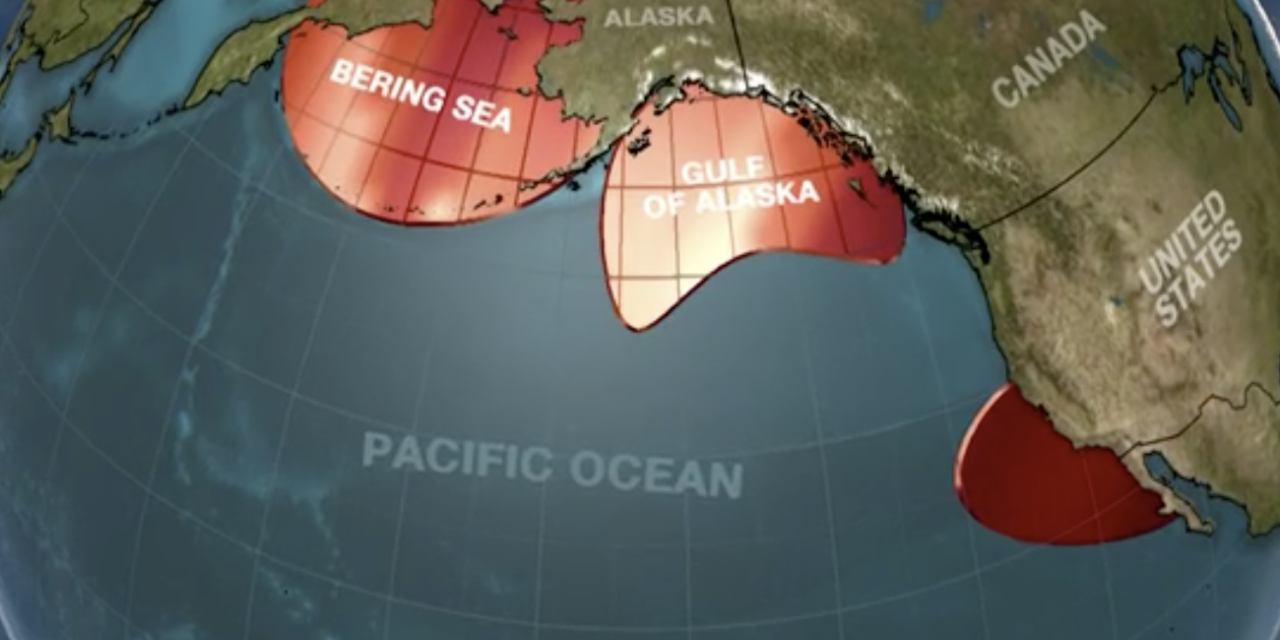(CNN) – As many as one million seabirds died at sea in less than 12 months in one of the largest mass die-offs in recorded history — and researchers say warm ocean waters are to blame. The birds, a fish-eating species called the common murre, were severely emaciated and appeared to have died of starvation between the summer of 2015 and the spring of 2016, washing up along North America’s west coast, from California to Alaska.
Now, scientists say they know what caused it: a huge section of warm ocean water in the northeast Pacific Ocean dubbed “the Blob.” A years-long severe marine heatwave first began in 2013 and intensified during the summer of 2015 due to a powerful weather phenomenon called El Nino, which lasted through 2016. The heatwave created the Blob — a 1,000-mile (1,600 km) stretch of ocean that was warmed by 3 to 6 degrees Celsius (5.4 to 10.8 Fahrenheit).
A high-pressure ridge calmed the ocean waters — meaning heat stays in the water, without storms to help cool it down. Those few degrees of warming wreaked havoc on the region’s marine ecosystems. There was a huge drop in the production of microscopic algae that feed a range of animals, from shrimp to whales. The warmth caused a massive bloom of harmful algae along the west coast, that killed many animals and cost fisheries millions of dollars in lost income. FULL REPORT


















But it’s got nothing to do with the poisonous radioactivity from Fukushima that’s killed all the fish & plankton in the Pacific has it.
The BLOB is from constant Radiation Dumps from Japan after the Fukushima Power Plant failed after being drilled by a Tsunami.
I notice no mention of the “Great Pacific Garbage Patch” floating around out there. Bigger than the state of Texas…. And the damage goes even further, with contamination of micro-bits of plastic reaching even further out, possibly for thousands of miles. And what of the Fukushima Radiation which has been spilling into the Pacific for close to a decade now… These 2 alone are enough to kill all life within our oceans in the not to distant future. In fact, the destruction of our oceans is perhaps beyond repair at this point.